Pride month 2022: how to photograph a Pride event and what to expect
We celebrate Pride month 2022 with a guide on the best photographic practices and approaches, plus tips for how to capture the best images at a Pride event
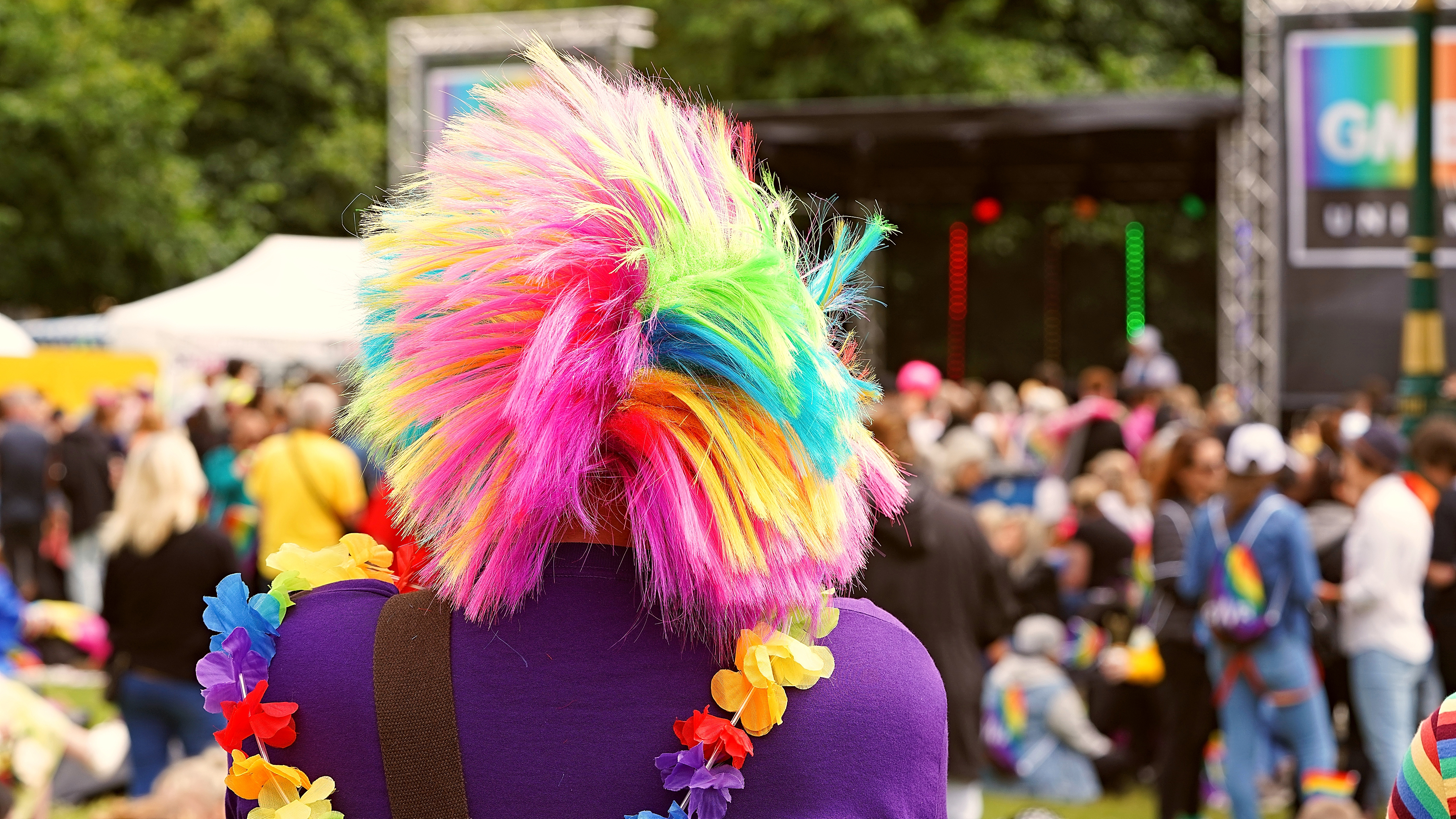
While Pride month 2022 celebrations may be coming to an end, many local Pride festivals are still ongoing and scheduled to continue well into mid July.
Pride month is an important event for so many people, a confirmation that it's okay to be who you are. Anybody can attend Pride, regardless of who you love, and it's a great way to show your support and be an ally to loved ones who are part of this community.
I recently attended my towns local Pride festival, the first time attending with my "proper" camera instead of just taking photos with my smartphone, and here's how the experience of capturing the essence of Pride was for me, and some things I picked up along the way when capturing the rainbow festivities.
• This is what contemporary queer photography looks like in 2022
The first unwritten rule of attending Pride is to be respectful. While Pride is for anybody and everybody to attend, regardless of your own personal preferences and identity, it began as a protest and is considered as a crucial safe space for those part of the LGBTQIA+ community and who situate under the queer umbrella.
That's not to say that you can't have fun and let loose, but it's important to be mindful of those around you, ask consent before taking individual portraits, respect your areas of access, remember why Pride is important, and embrace the rainbows.
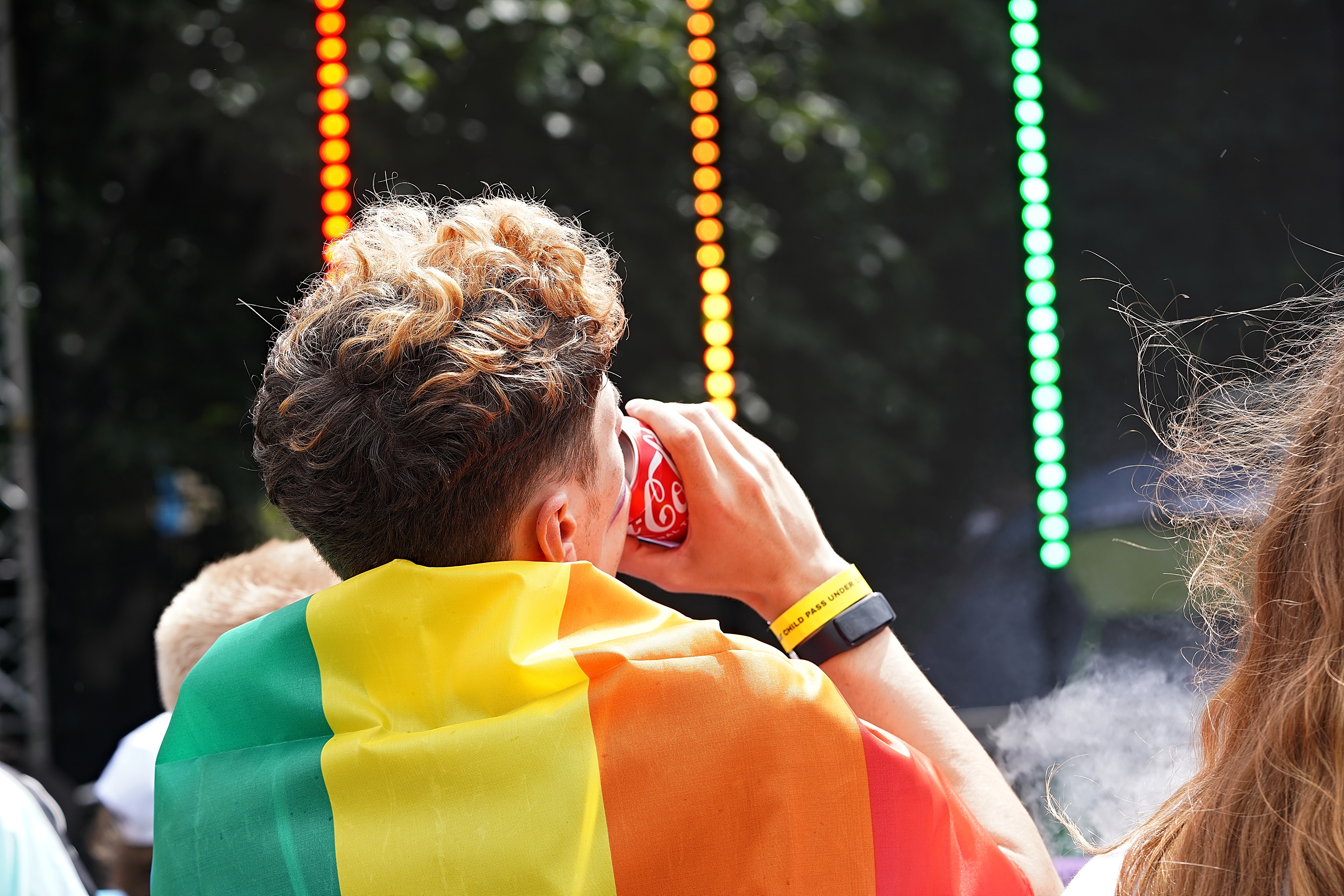
Ask before you photograph people
Let's get this one out of the way, as it's the most fundamental and important rule of photographing Pride events, to protect both your reputation as a photographer, as well as the privacy of event attendees. While there is no legal rule that you cannot take images of attendees at a public event (in the UK anyway), it's best practice to always obtain verbal consent from the individual you are photographing.
Many different groups of people attend Pride events, such as families, the elderly, drunk and tipsy celebrators, minors, teenagers, and small younger children – all of whom may not want their photo taken or publicly shared for reasons of safety, personal preference, and privacy.
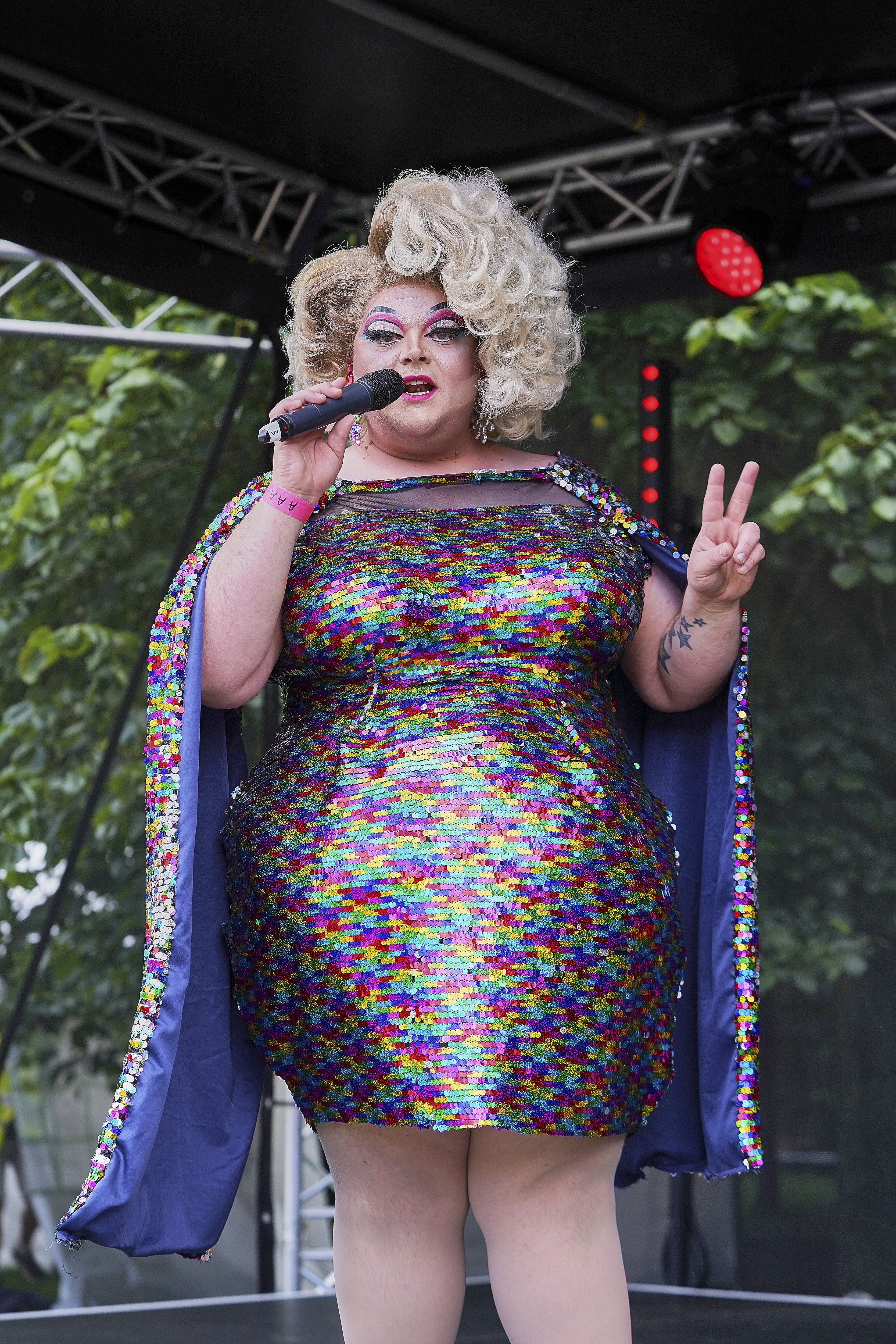
It's a little different when photographing the performers at Pride, as when on a stage, you're usually aware and accepting of the fact that the crowd will be taking photos and likely recording your performance.
Photographers are usually extremely welcome and encouraged by the artists, though if for any reason you are asked to stop taking photos of the performers, respect their wishes.
In the instances where an image was captured of someone candidly or they were snapped 'in the moment', it's best to show the image to the individual who is pictured afterwards, and ask if you may use the image, or if they would like you to delete it.
If you're unsure of what you are allowed to photograph, perhaps look for a different subject, such as an animal, or capture photos of the back of someone's head or a side portrait, instead of their full face.
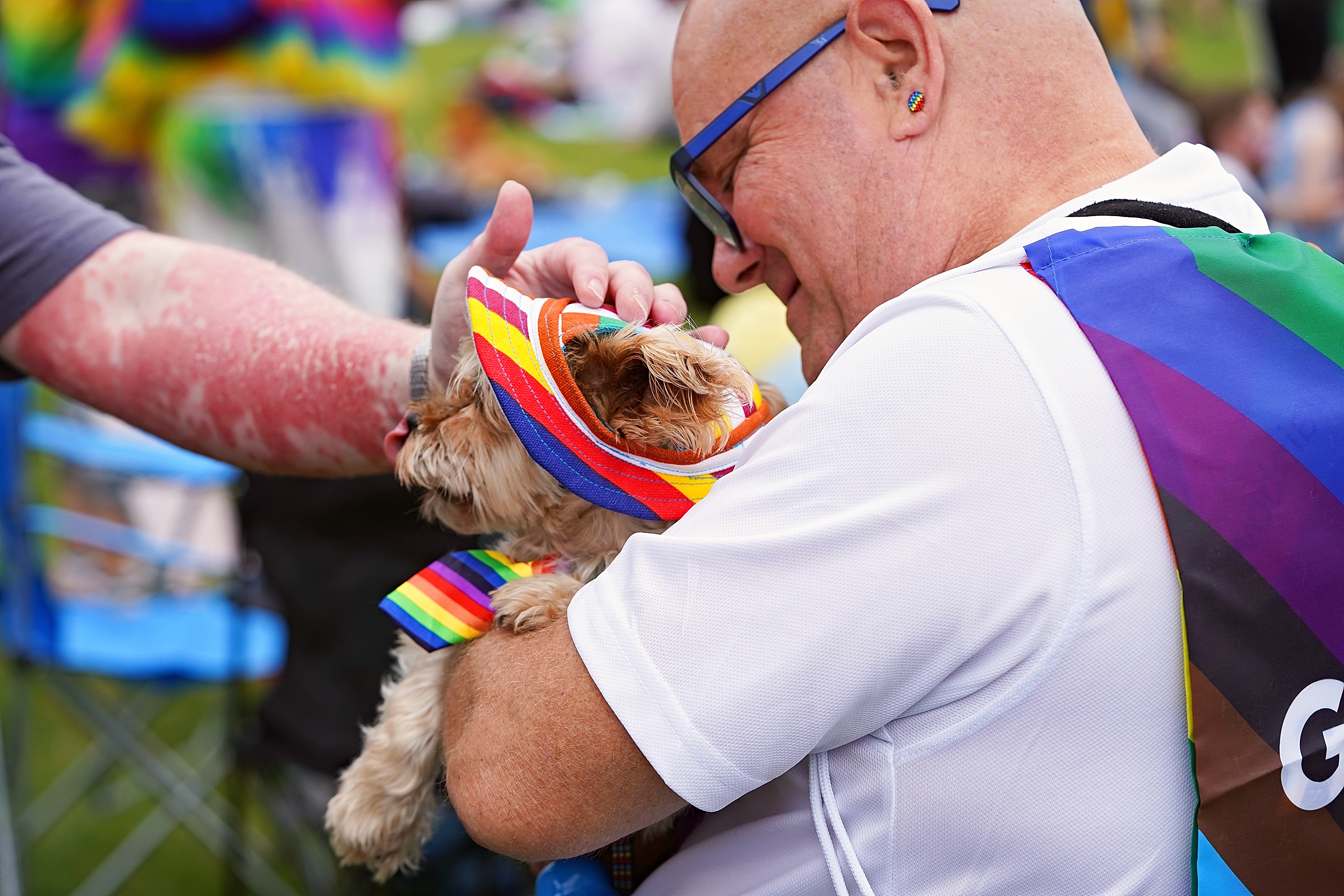
I appreciate that this can be daunting for photographers who are a little shy or aren't the best at confrontation, but it's very important. Especially so with the nature of Pride events and the celebration of queer liberation and freedom.
If you're snapping an image of the entire crowd, this can be a little more complicated and sometimes unachievable to obtain consent, in which case, just be cautious and delete content posted online or to social media if you are asked to.
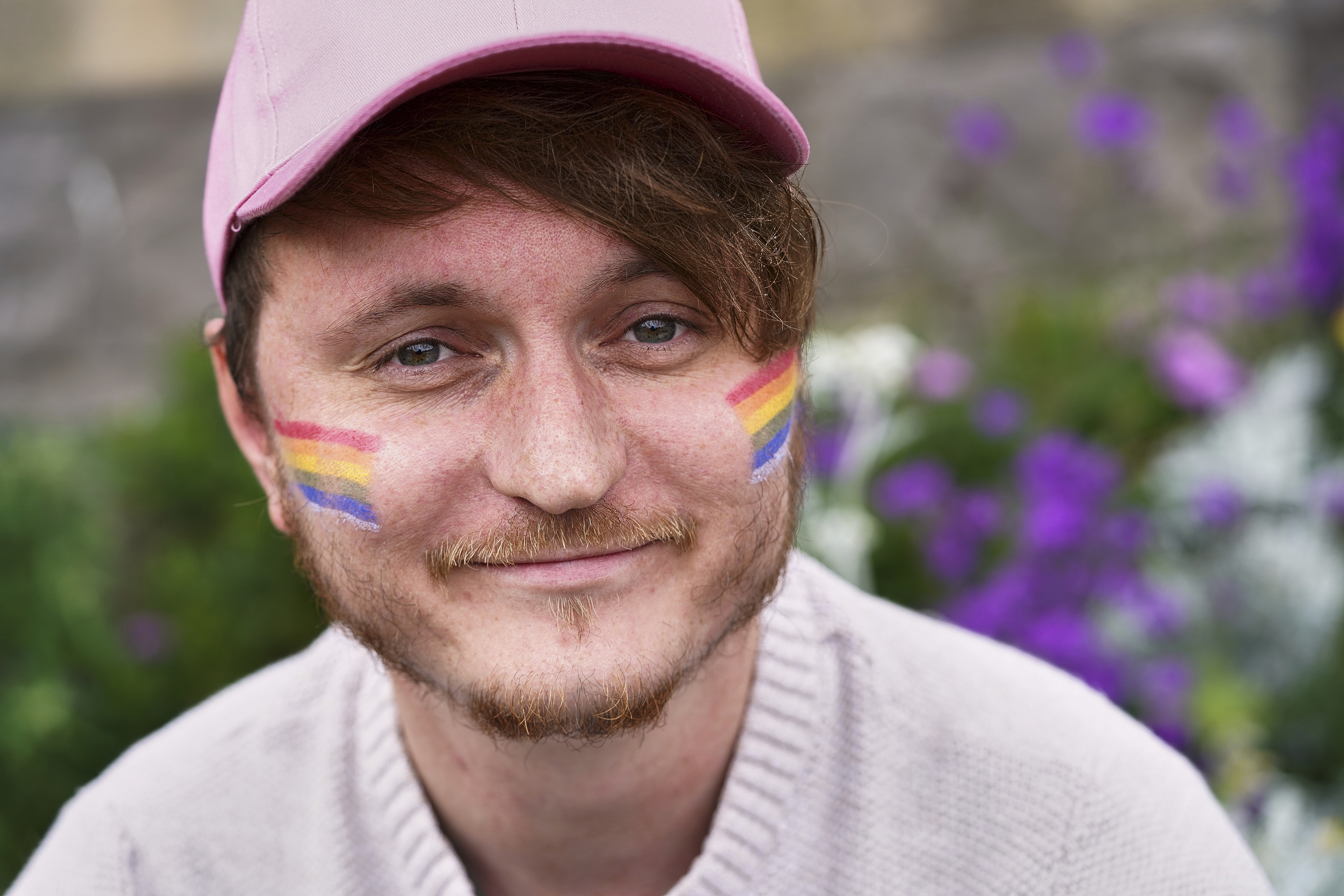
You should also consider and be aware as a photographer that by sharing images and portraits from Pride events to your portfolio or anywhere online, without the consent of the subject, that you could potentially be "outing" someone, accidentally putting them at risk, or revealing private and personal information that they are not yet ready to have disclosed or do not want publicized via their Pride attendance.
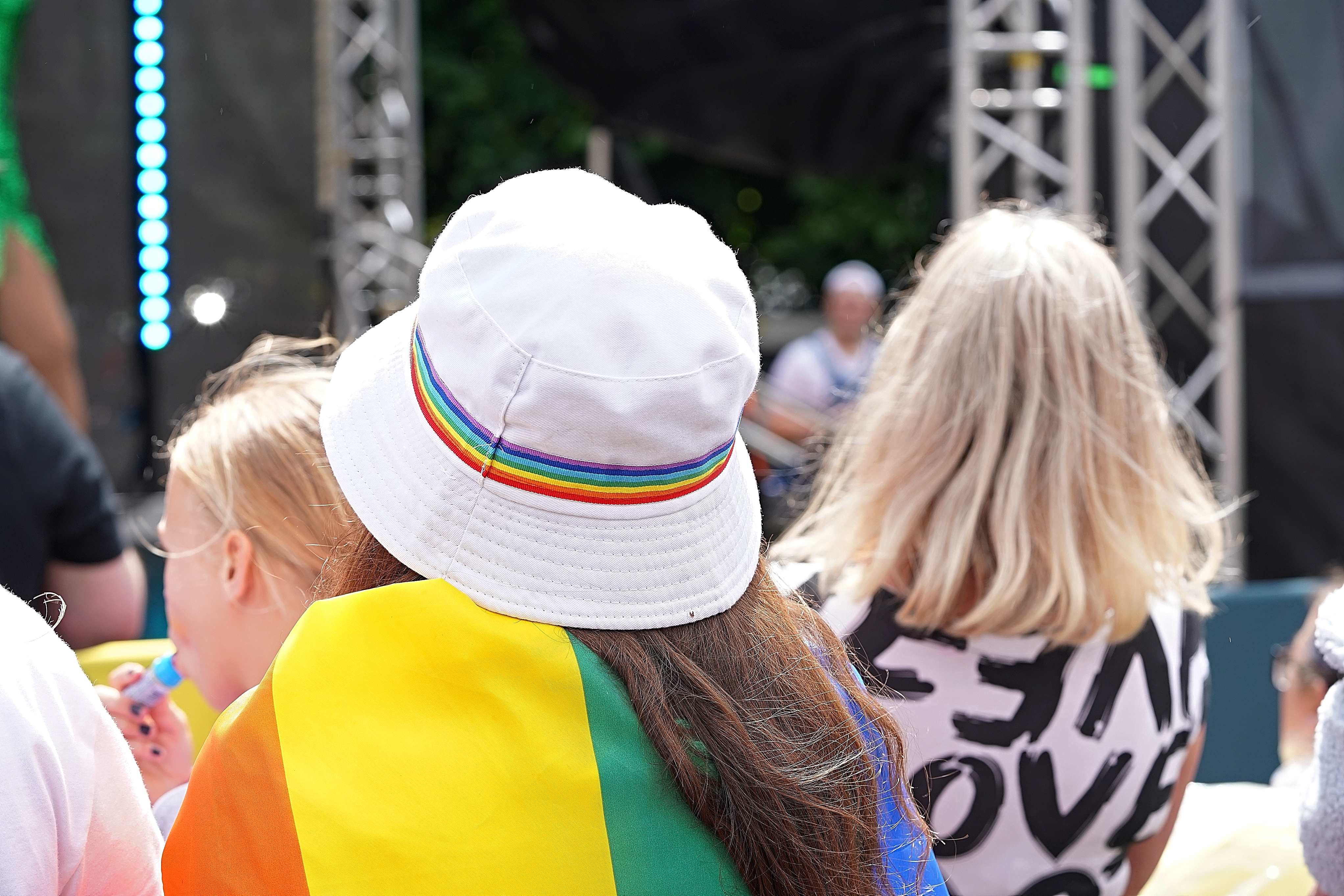
We recently reported how attendees of Toronto Pride were unhappy with the event's photo policy, and how some people felt they had their consent to be photographed taken away, even for minors, by intimidating and aggressively-worded event policy signage reminding them so.
This prompted the question of whether photographers should even be allowed to take photographs at pride events.
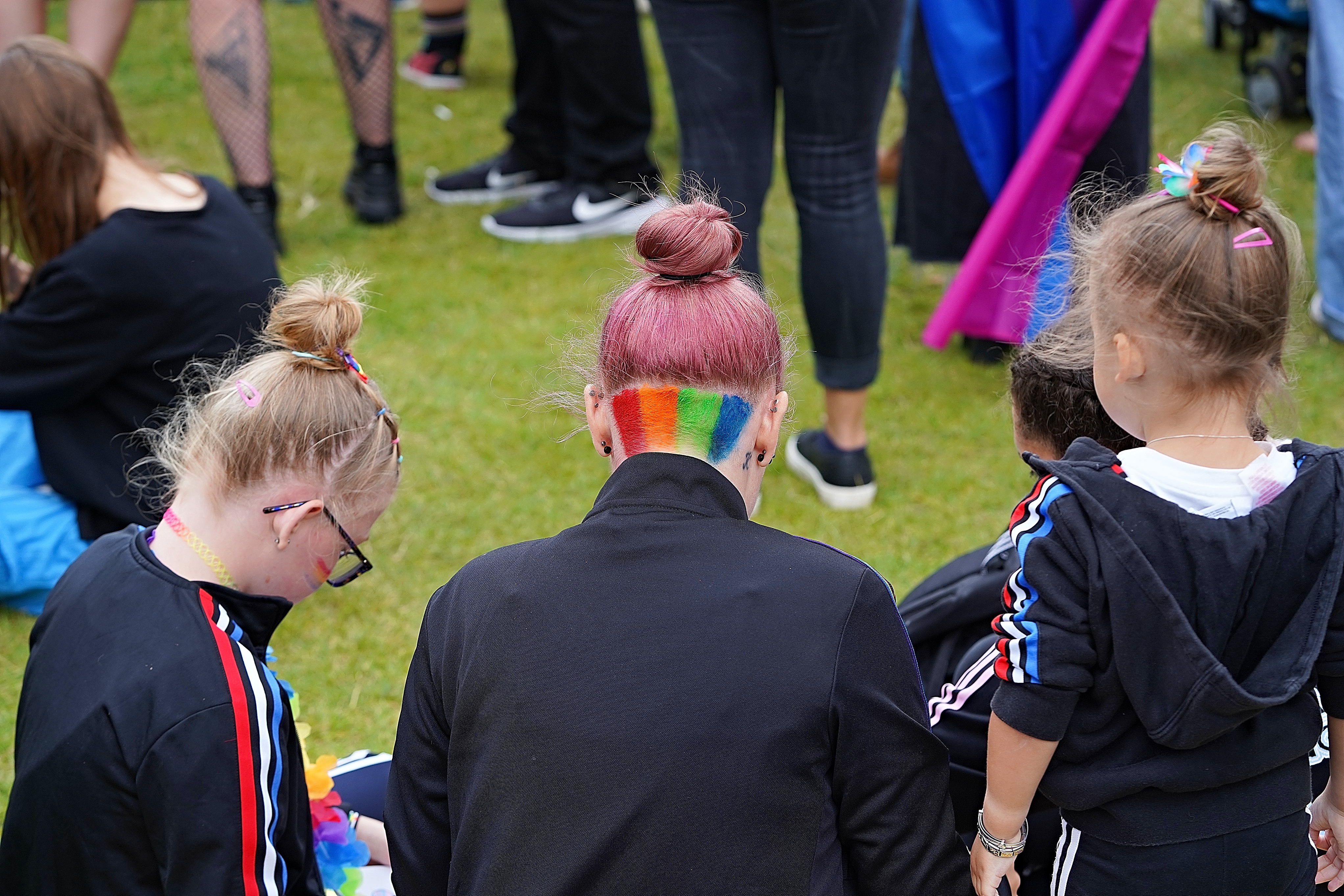
This is a very tricky area to navigate, understandably, as usually ticketed events can be a free-for-all with no restrictions on who or what can be photographed. Often when purchasing tickets to an event, there's hidden small print specified in the terms and conditions that all attendees will be subject to event photography or filming, and that by attending, the guest is therefore unequivocally giving their consent to such. Despite this, still always strive to obtain verbal consent where possible to be safe.
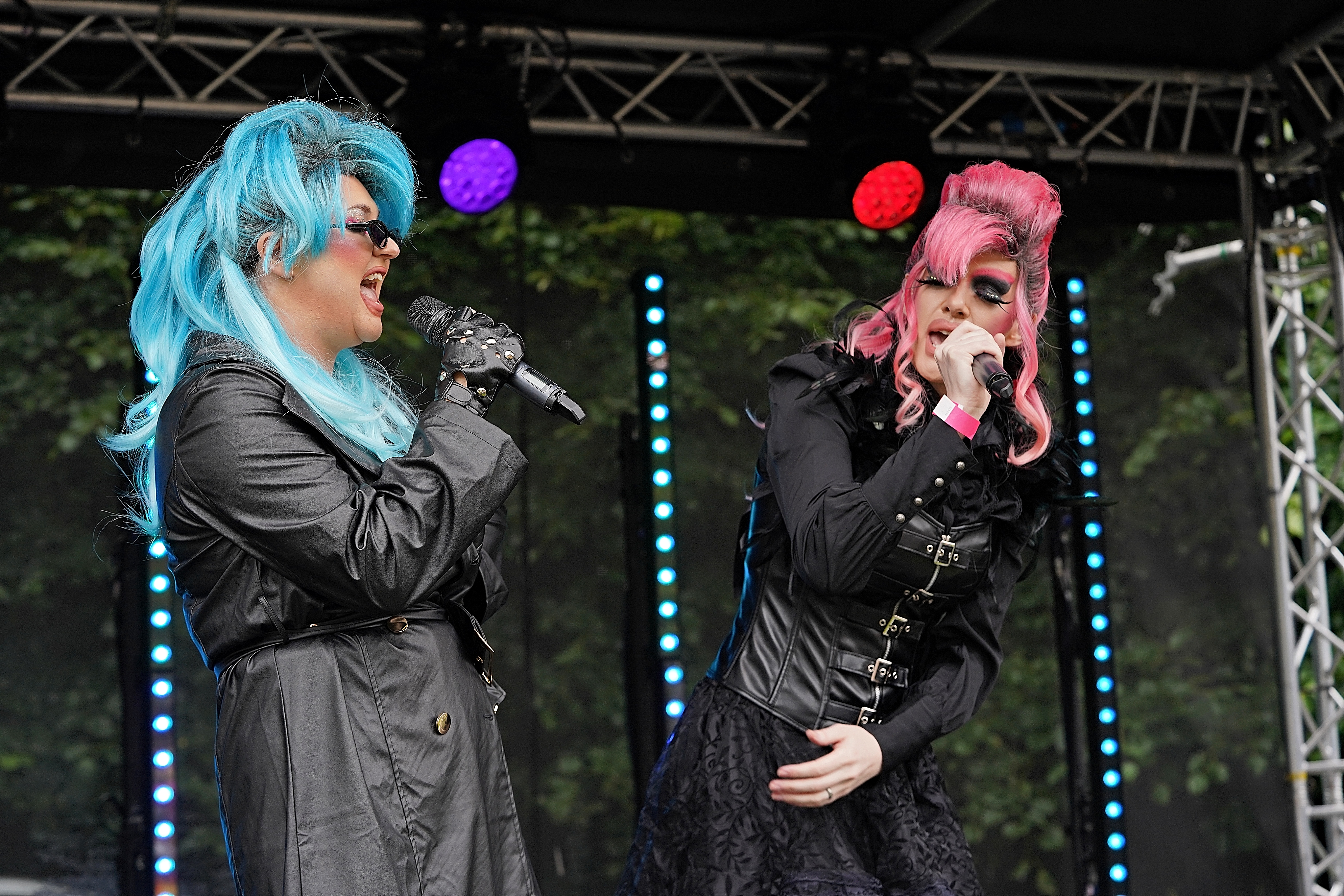
Be considerate, not entitled.
This is similar to the point above on obtaining consent, and just as important, but you should ensure that you are considerate at all times of the other Pride attendees, and remind yourself why they (and you) are there – whether that's to celebrate for yourself, a loved one, to be an ally to the community or to show support in general.
Unless you're shooting images for a media publication or commissioned by the pride event itself, you likely won't have any granted access to backstage areas, security spaces or photo pits. It's good to establish your area access with a media contact or event team manager before arriving at the event, or make yourself known as a photographer upon arrival.
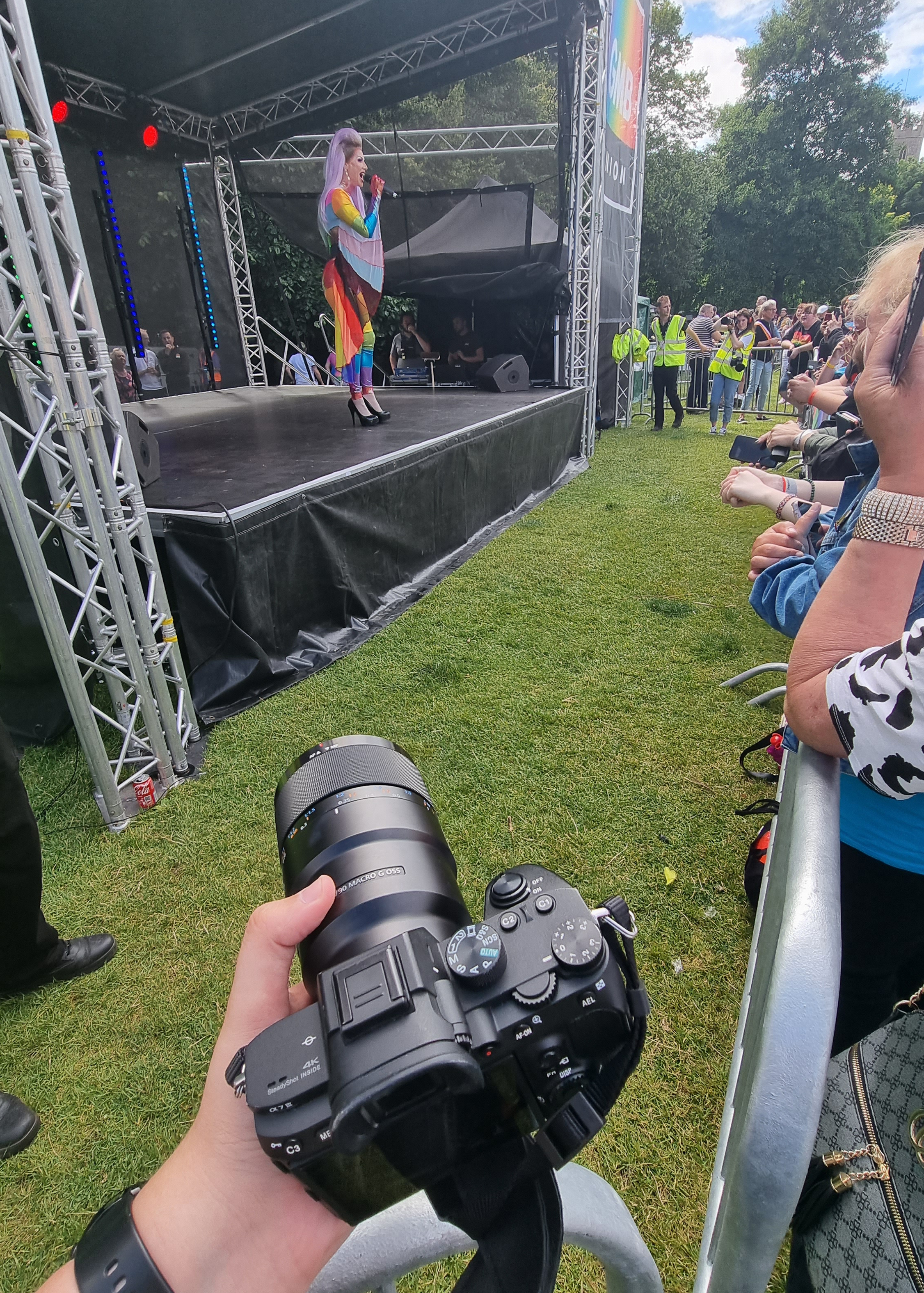
If you are shooting Pride for your own portfolio, and not for the media, you should reside only in areas where you have permission to be from the event organizers, and do not try to breach security or attempt entry backstage, no matter how small or relaxed the event scale may seem. Talk to security and ask them politely if you could you enter the area to take some photos, respect their decision if they say no.
Having your camera at pride does not grant you any special treatment, and the same unwritten rules as shooting concert photography apply at Pride events. general do's and don'ts include: do not wave your camera around or above your head, do be considerate of the crowd around you, especially as small and younger children are in attendance, and don't intentionally block anyone's view with your camera or try to position yourself further in front of them.

Embrace the rainbow colors
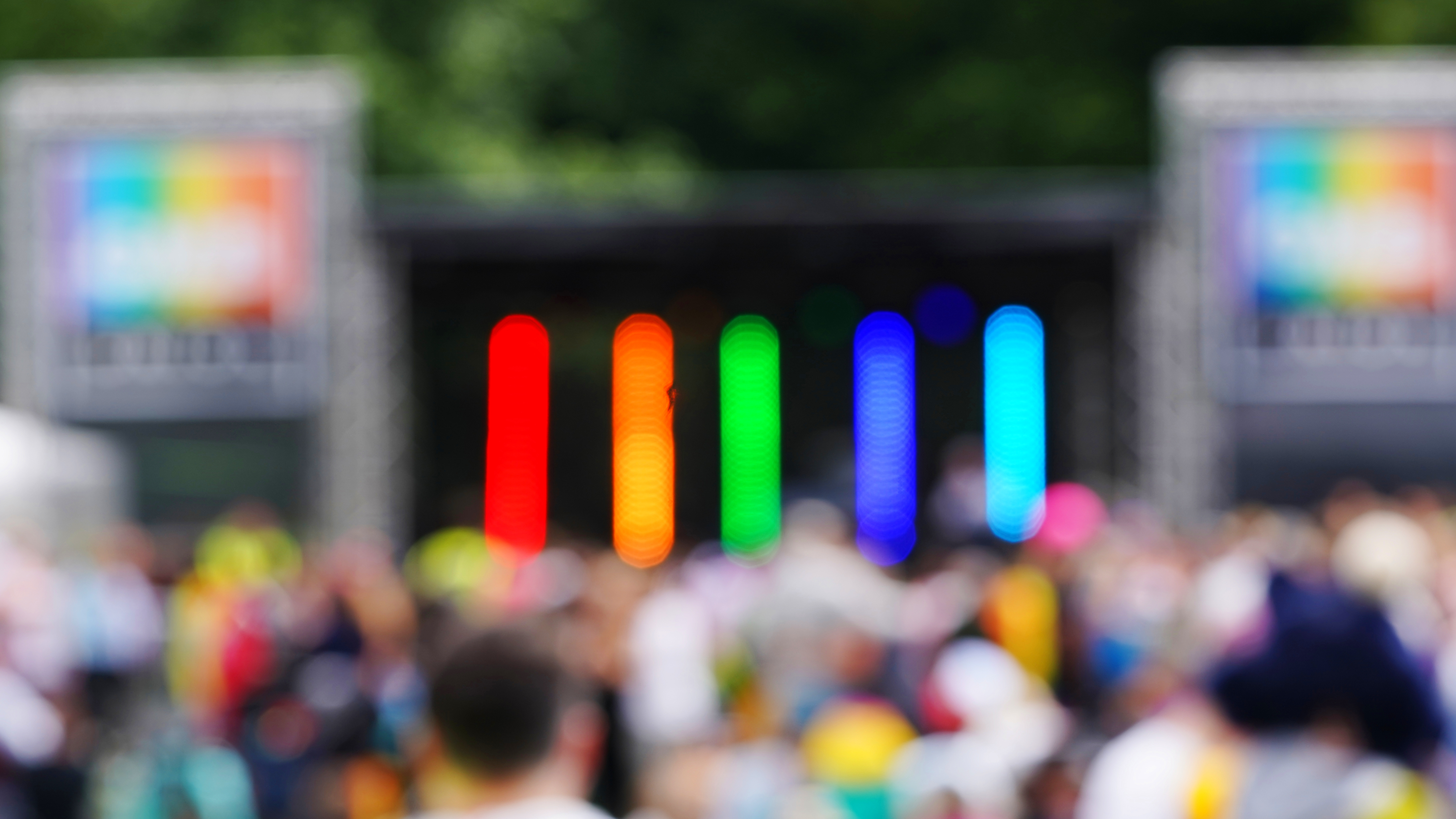
As expected, rainbows are everywhere during pride. Embrace the beautiful spectrum of colors from the different flags, and use this to your advantage by getting creative with your Pride celebratory images. Rainbow bokeh is the new replacement for those summer aesthetic fairy light photos.
By actively searching for elements of rainbow at Pride events, you'll be able to spot the small and intricate details much easier and perhaps notice things with your attention drawn that you usually would not. For example, the image below is of a 'love' temporary tattoo on the arm of a baby toddler. I spotted this as they were attempting to climb the rails behind me, and asked their mother if I could take a quick photo of their arm.
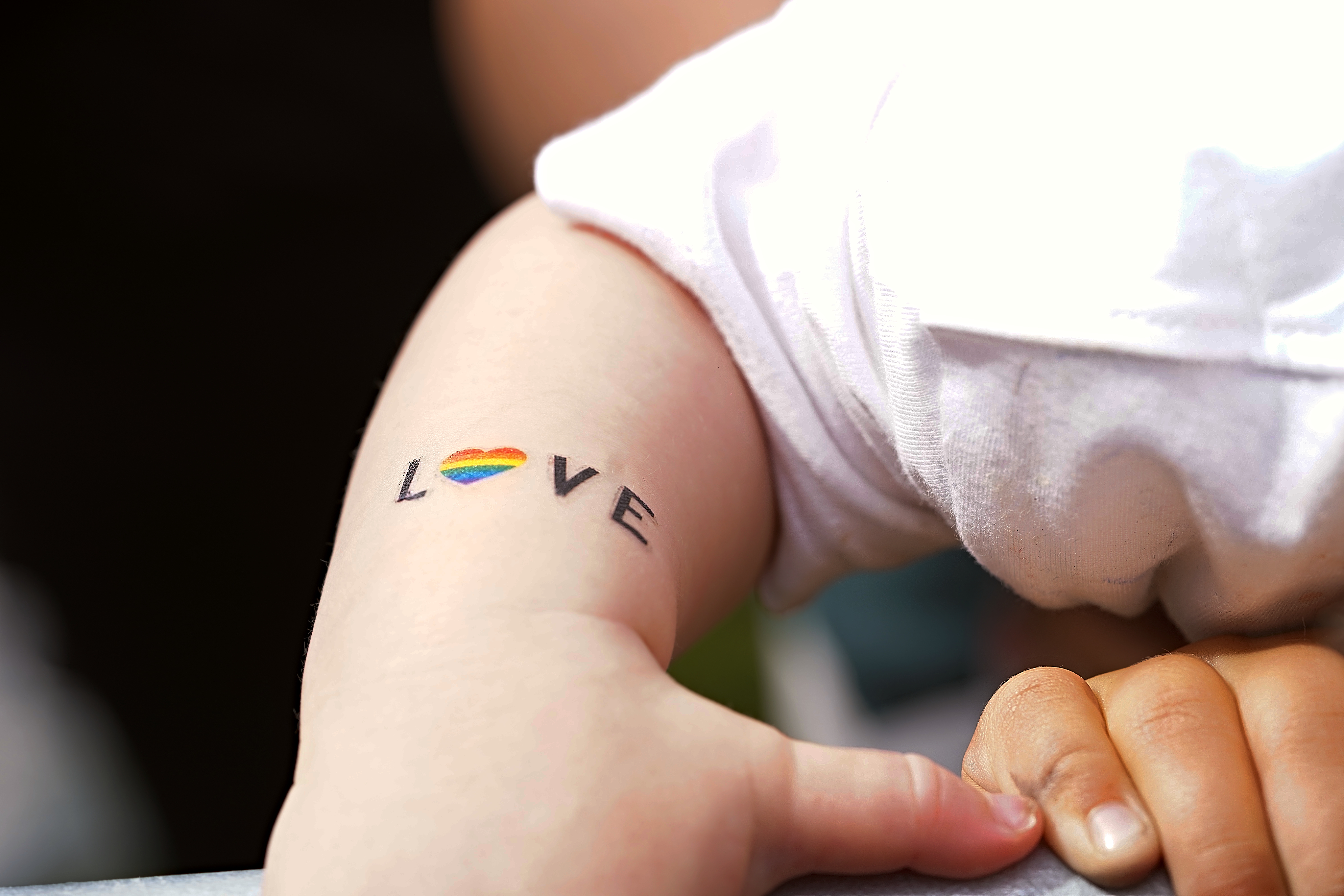
Use a telephoto lens for photographing the stage
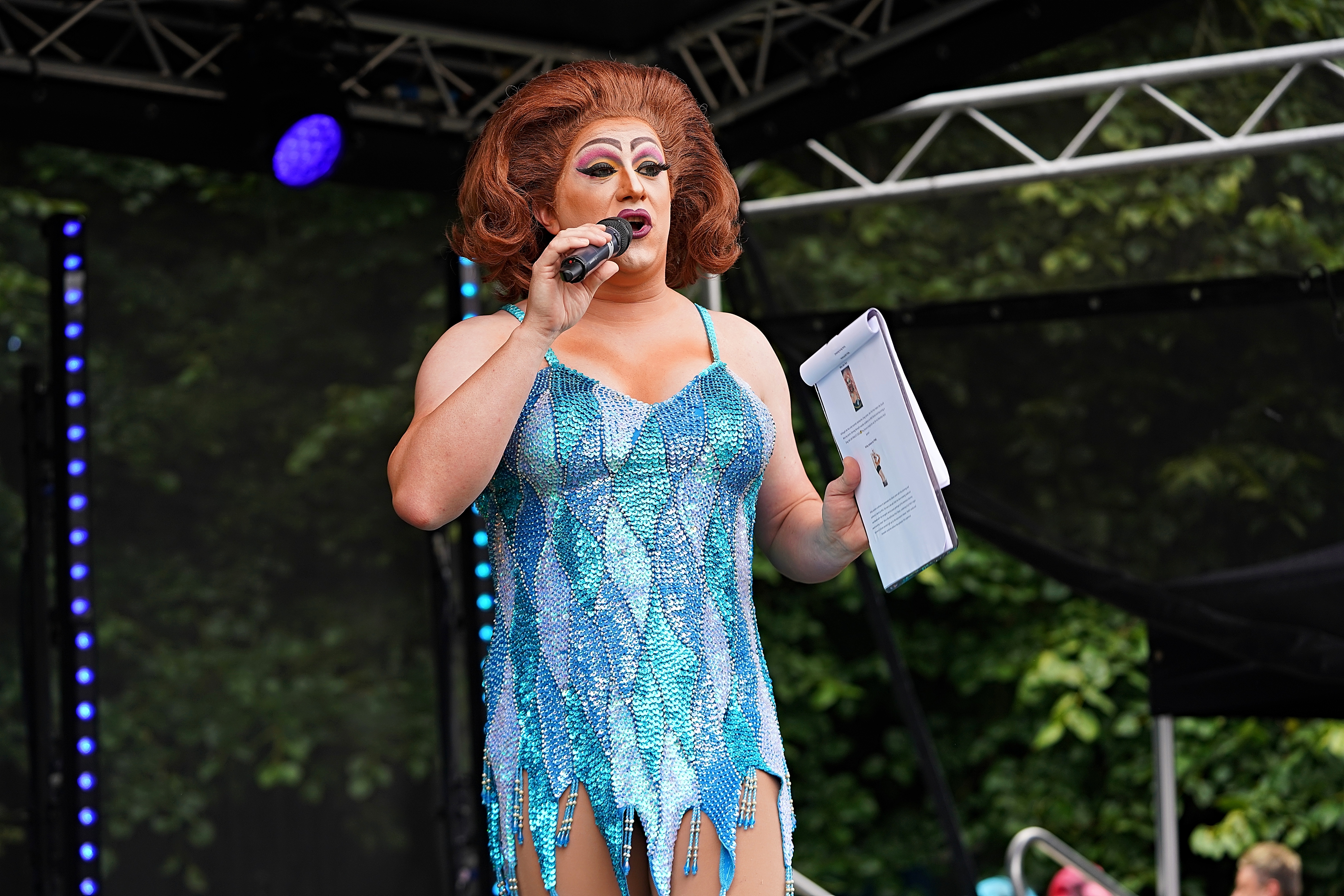
It's great to get those wider atmosphere shots of the crowd and stage when you're stood a little far back, but if you want to get those close-up shots of the performers on stage, especially at a smaller local Pride event, you may require the help from a telephoto lens. I took my Sony A7III camera with me to photograph Pride, and paired it with the Sony FE 90mm f/2.8 Macro G OSS, a medium telephoto macro lens.
While this lens certainly isn't the biggest and best telephoto lens that money can buy, and isn't especially ideal for photographing a live musical performance, it worked exceptionally well for me at getting those sharp on-stage portraits with the full body of the performer in the shot. Check out the image gallery below to see some of my favorite shots from the Pride main stage.
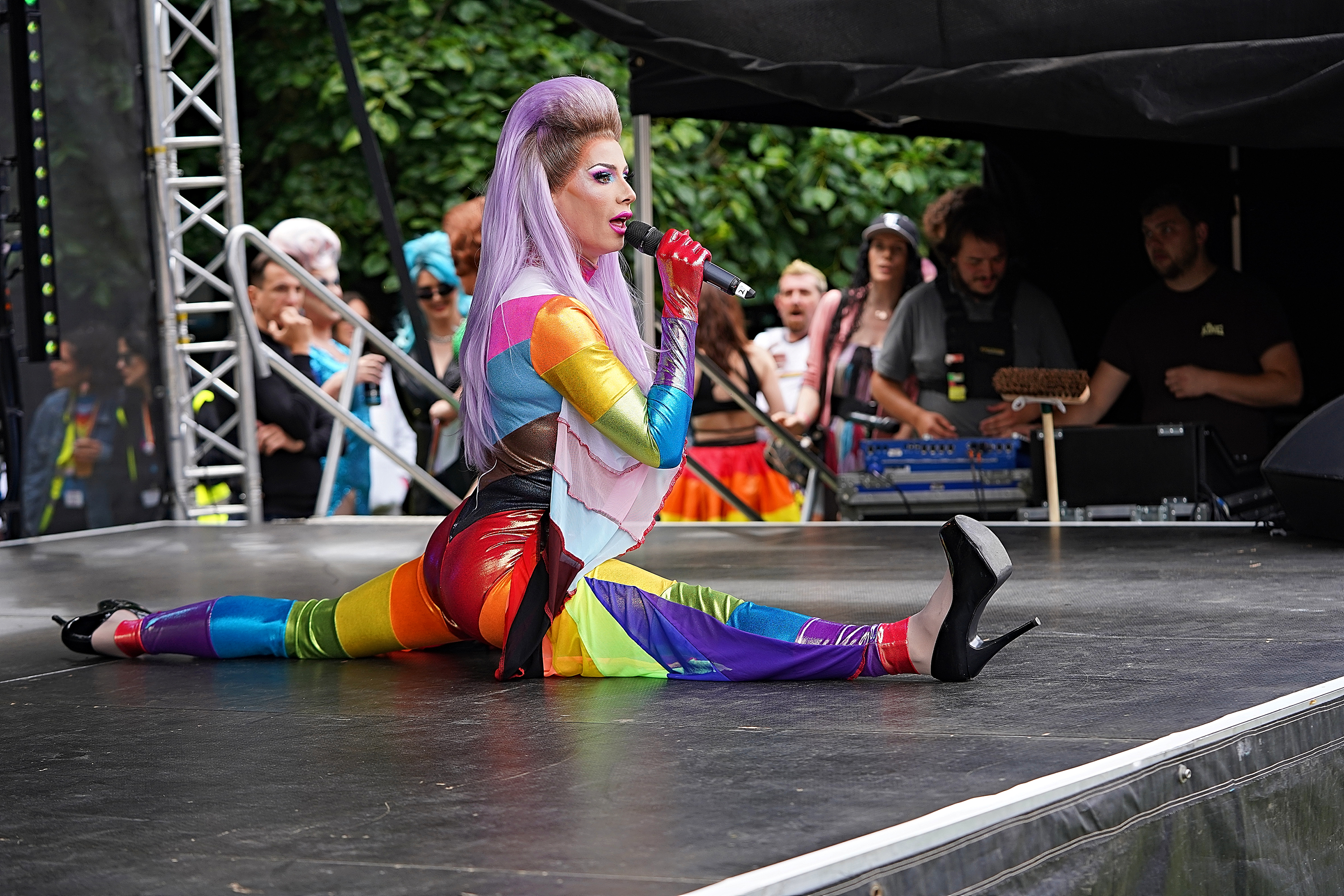
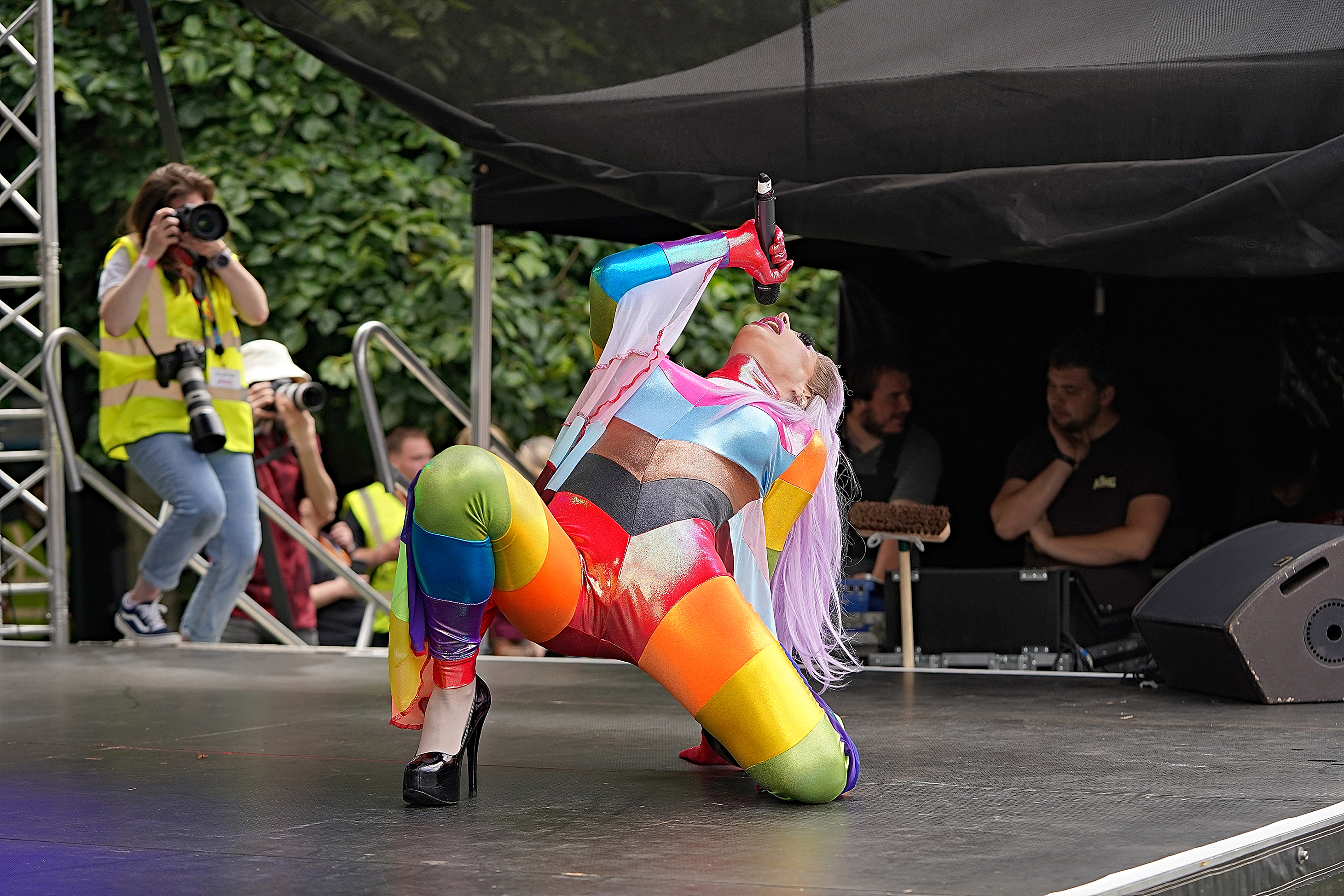
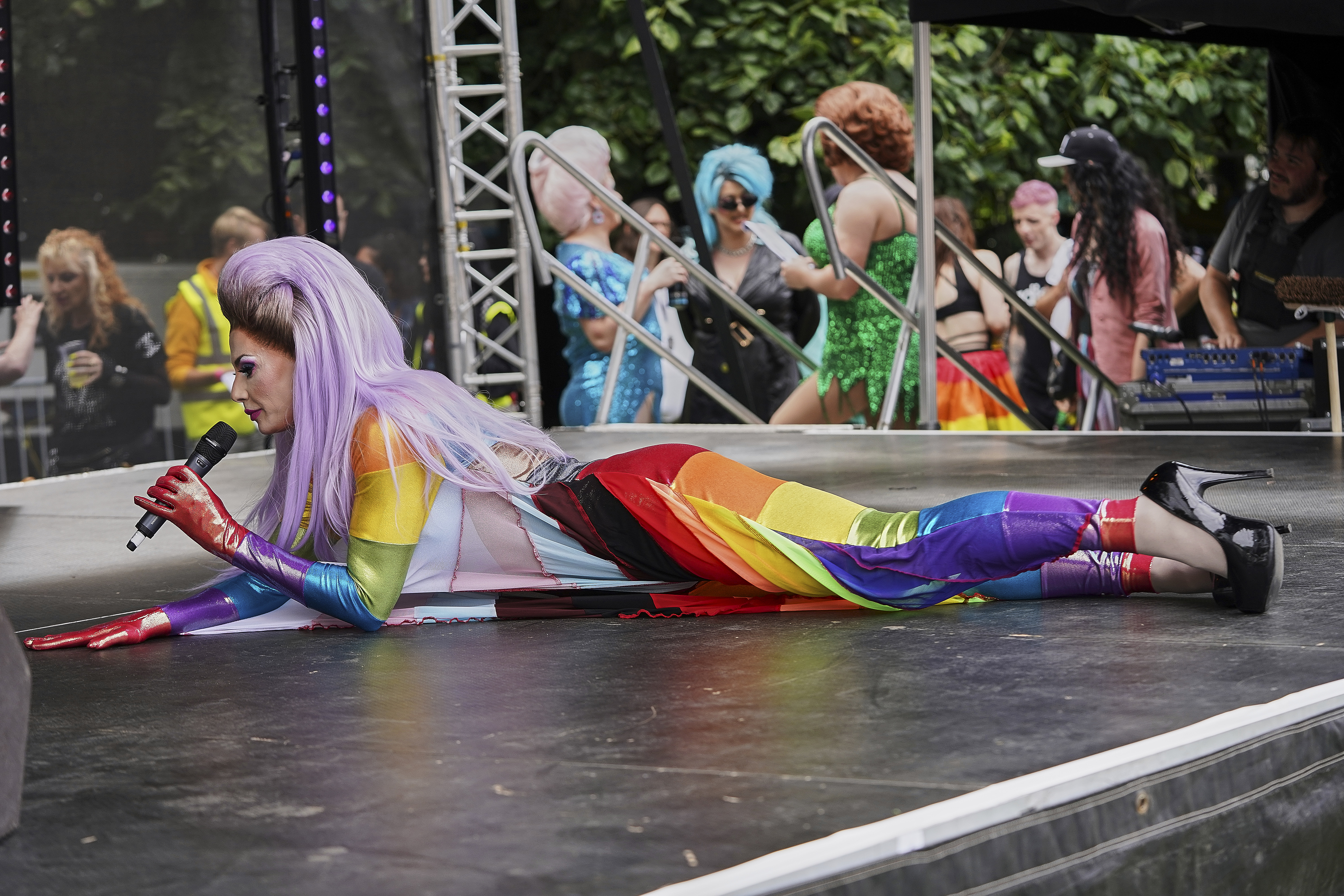
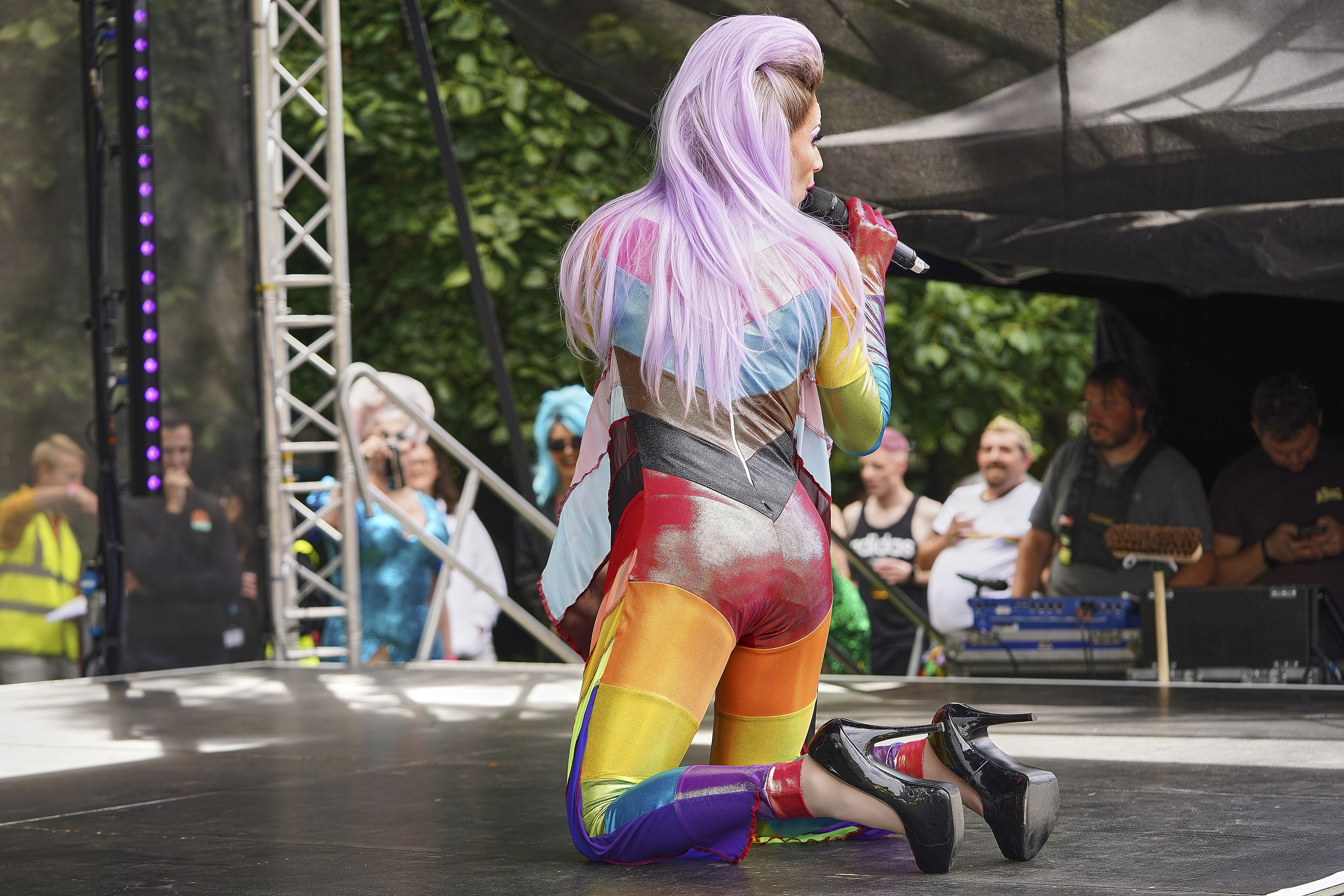

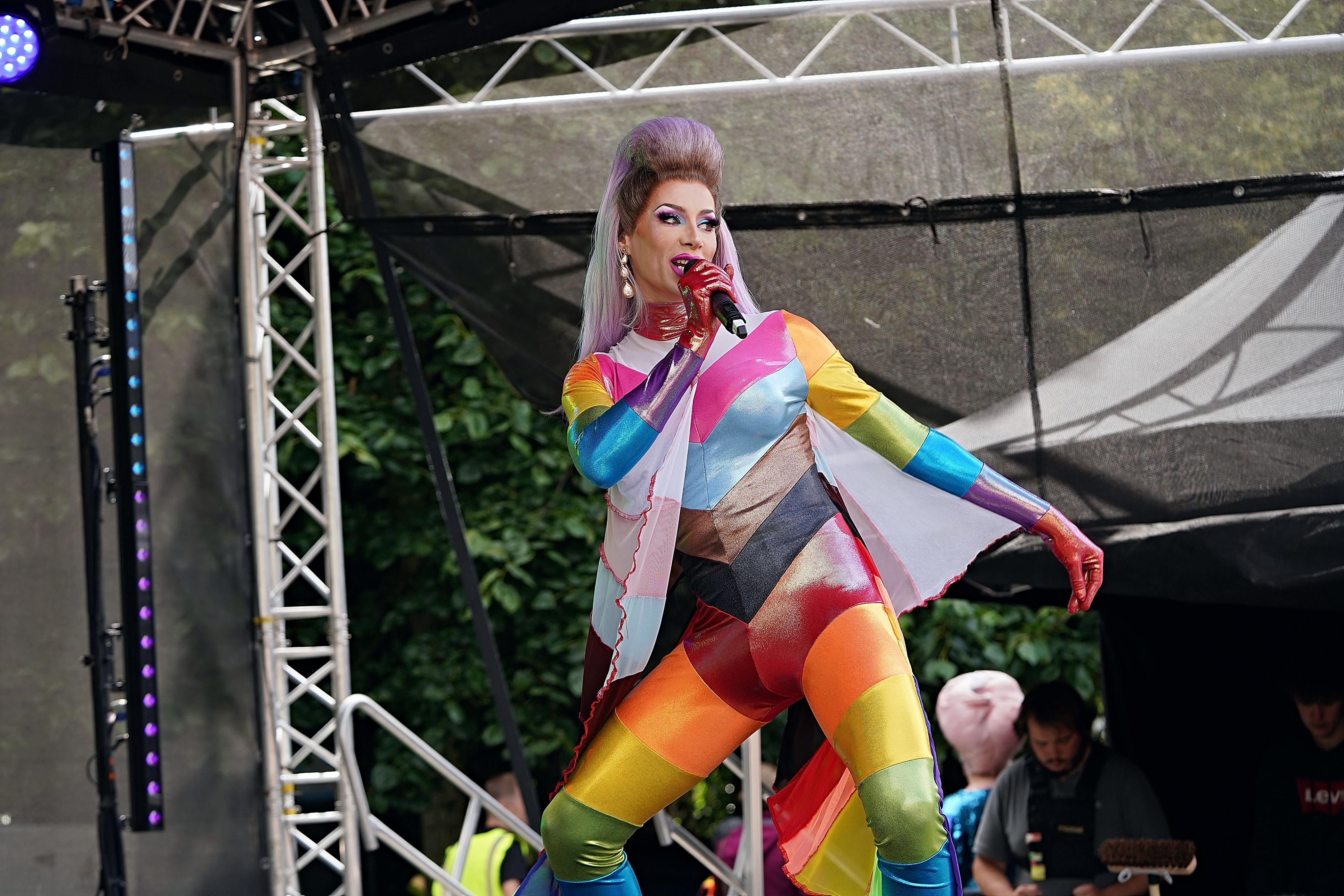
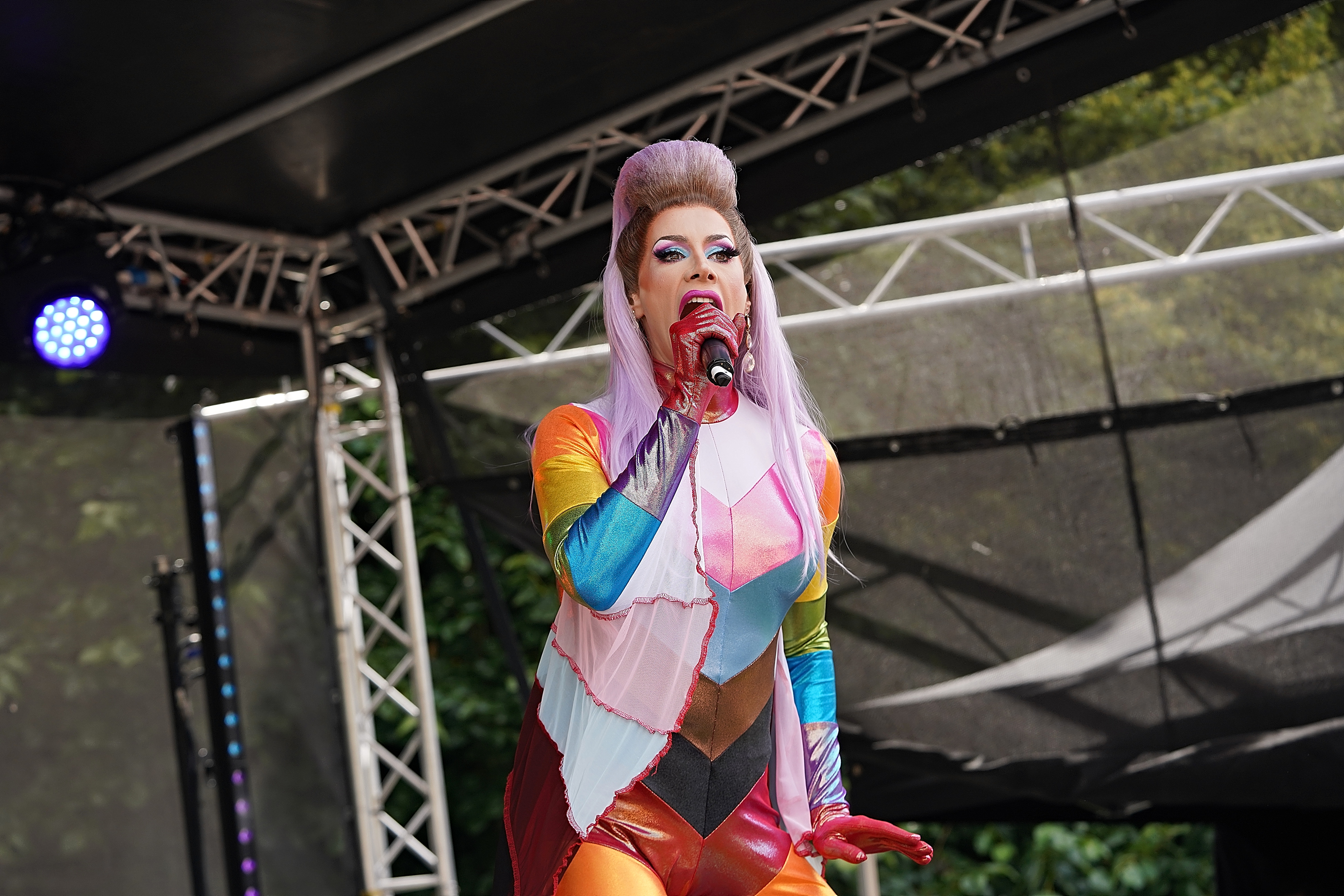
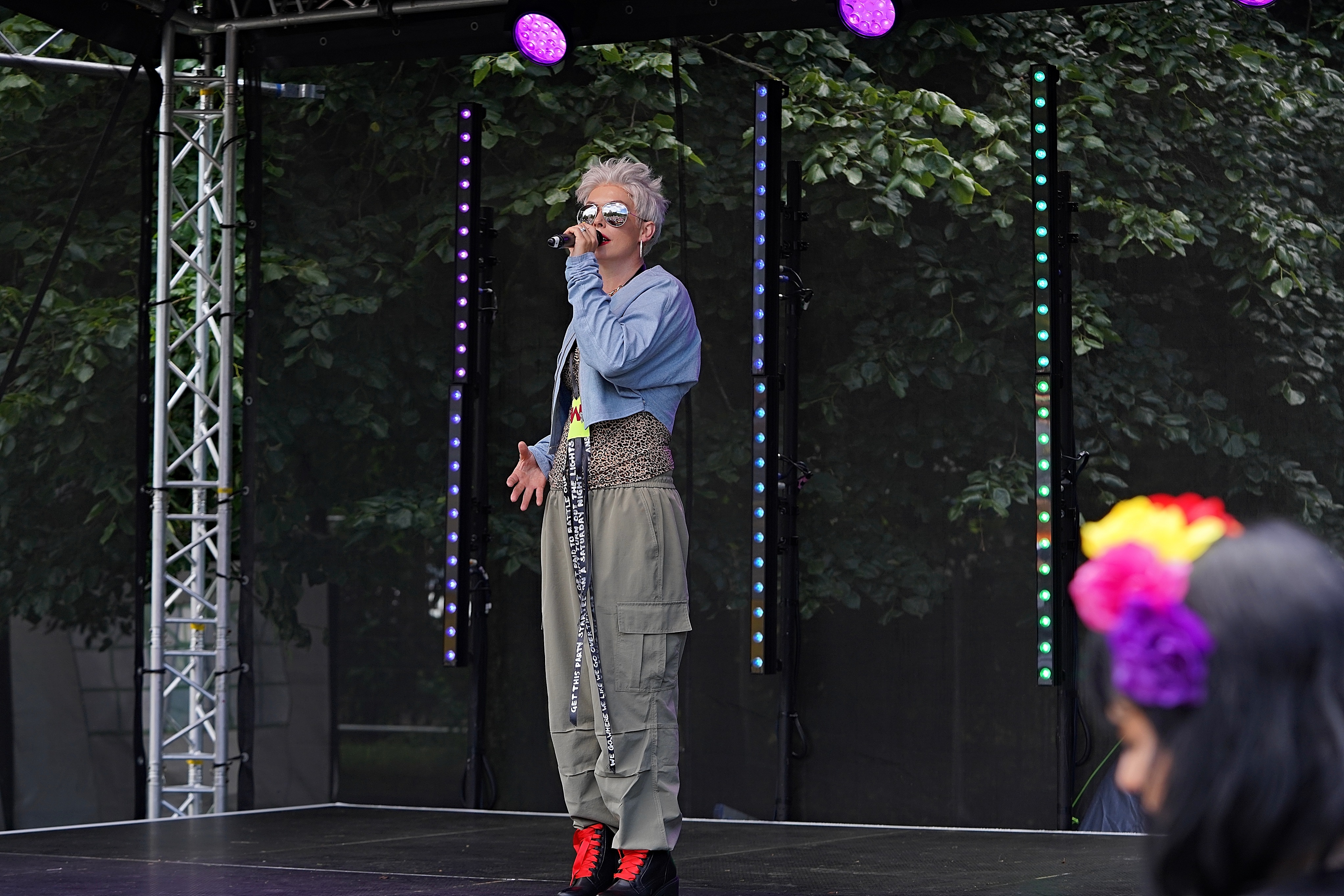
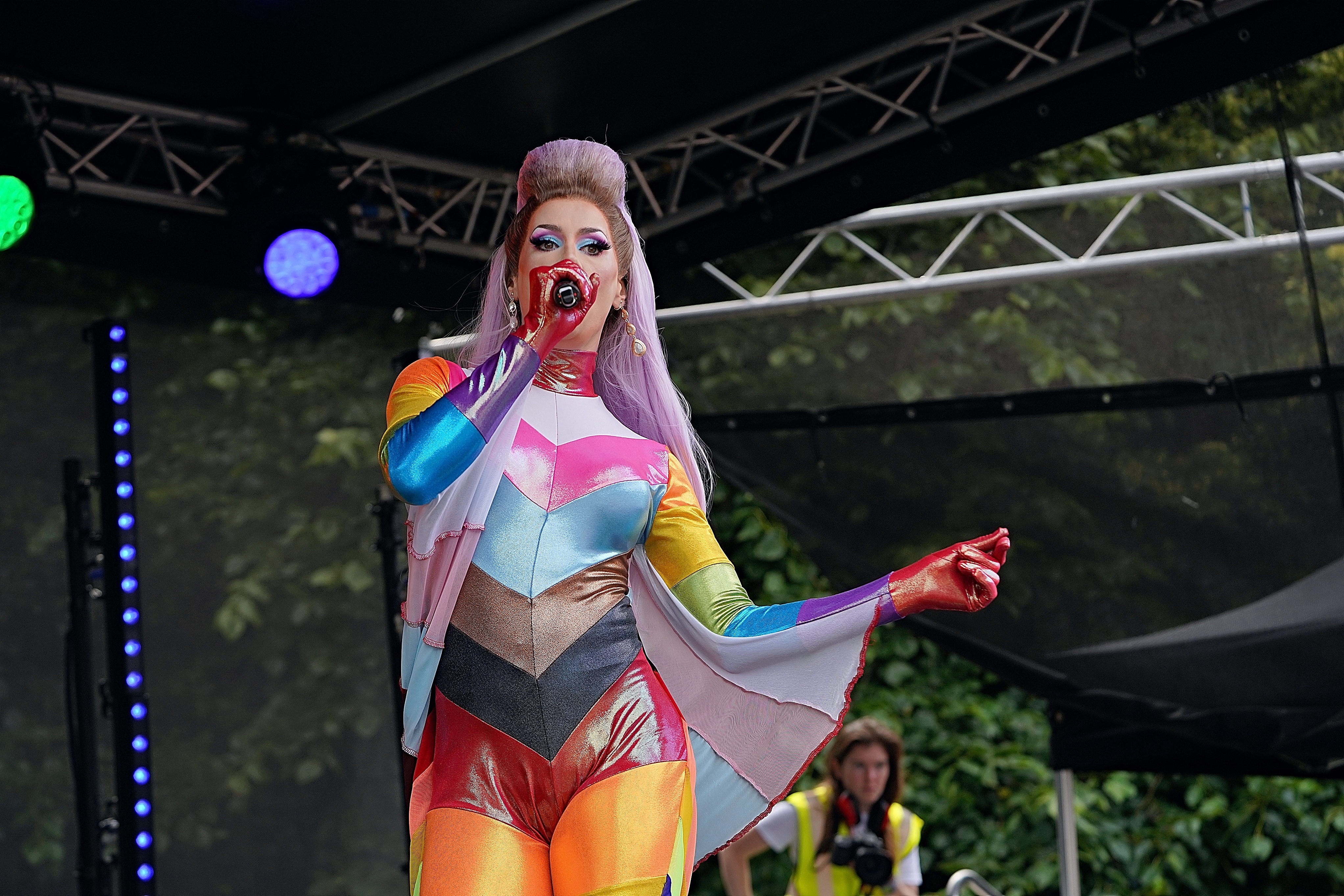
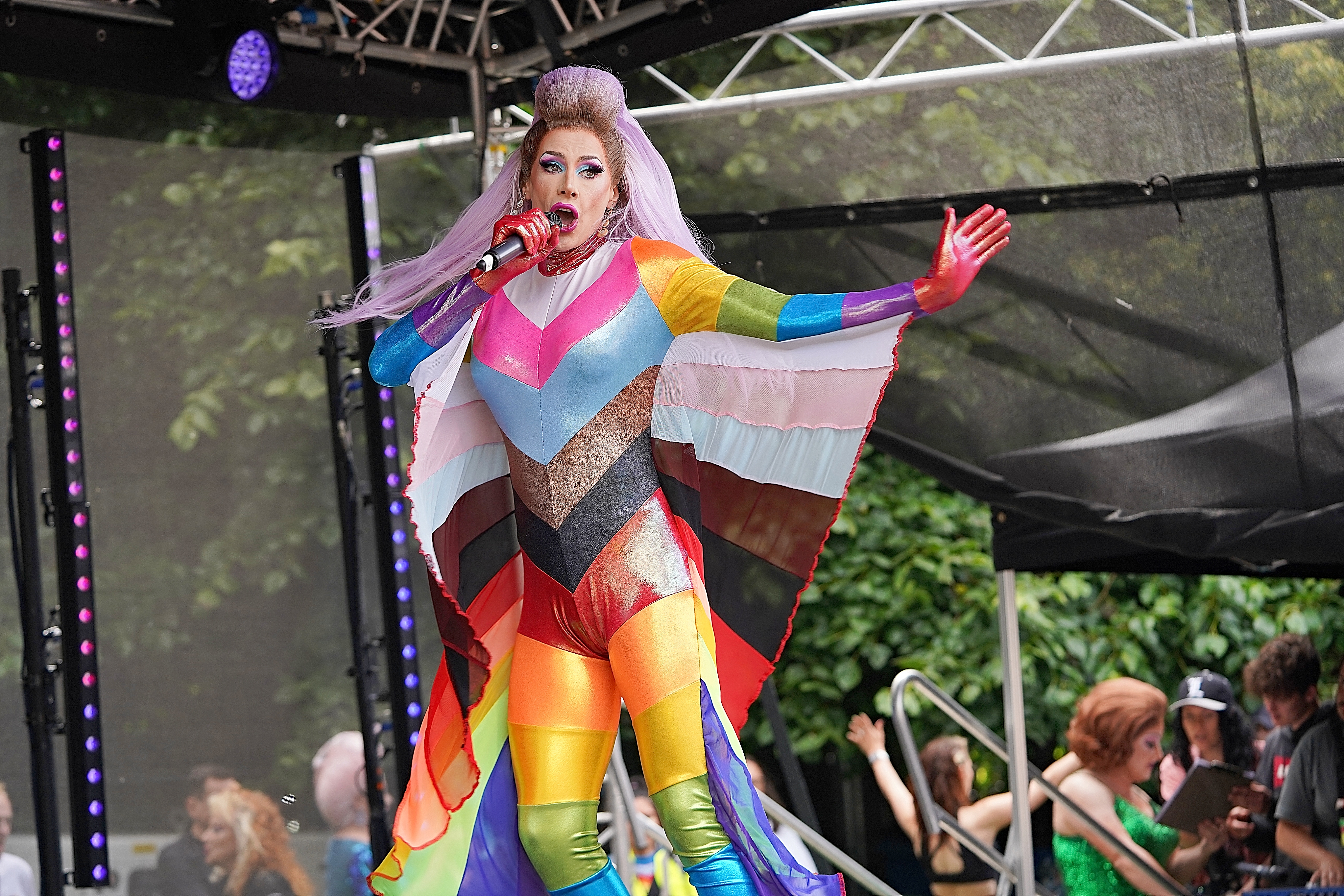
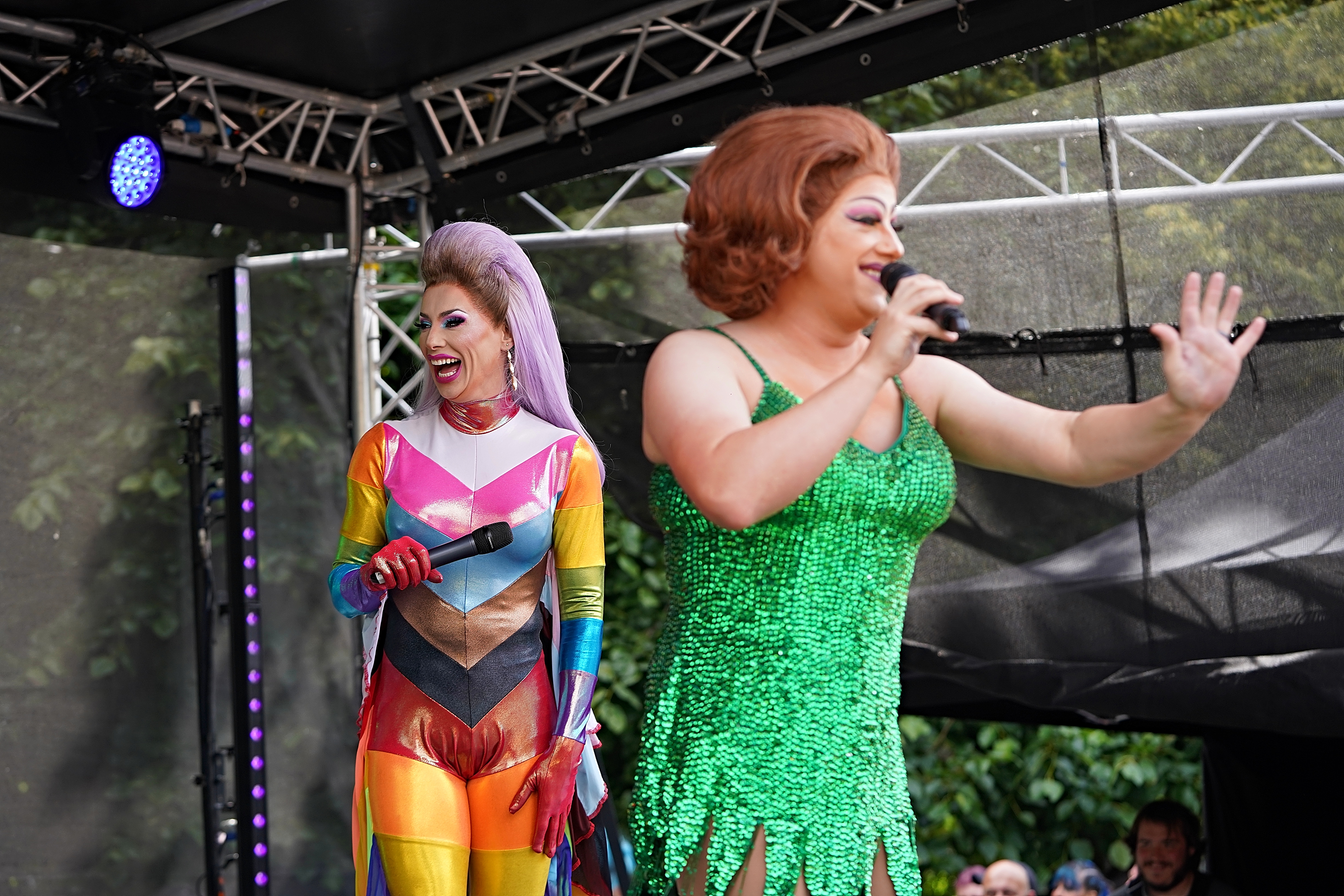
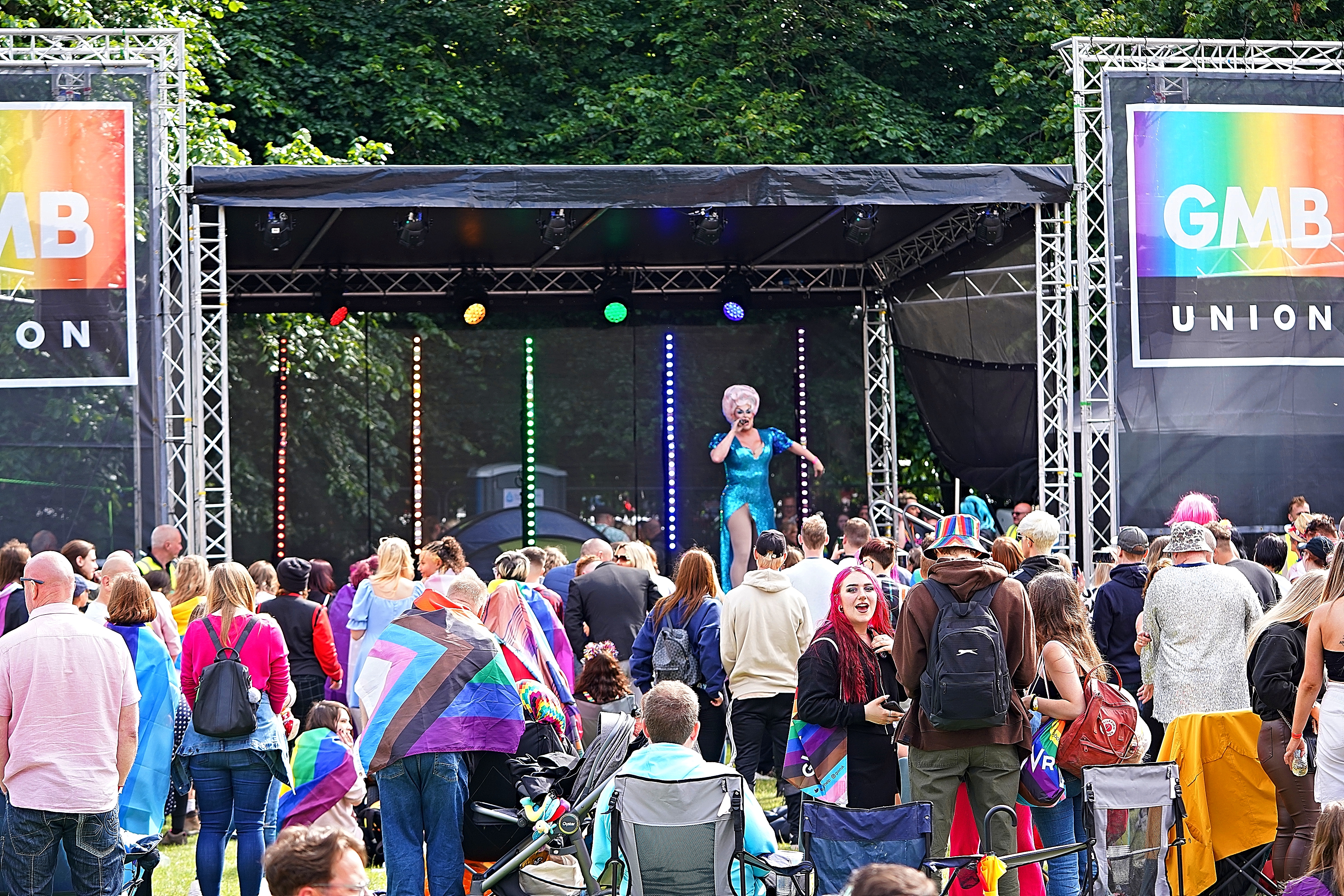
I may have been a bit better off with the flexibility of using a 70-200mm or 24-70mm lens instead, to allow for me to zoom in and out as the performer, who in this case was drag queen Davina Decampo, danced her way around the main Pride stage in a high-energy show with kicks and splits.
But I also think that having the fixed focal length of the 90mm helped me to concentrate more on composition and focus on anticipating where her next movements might be.
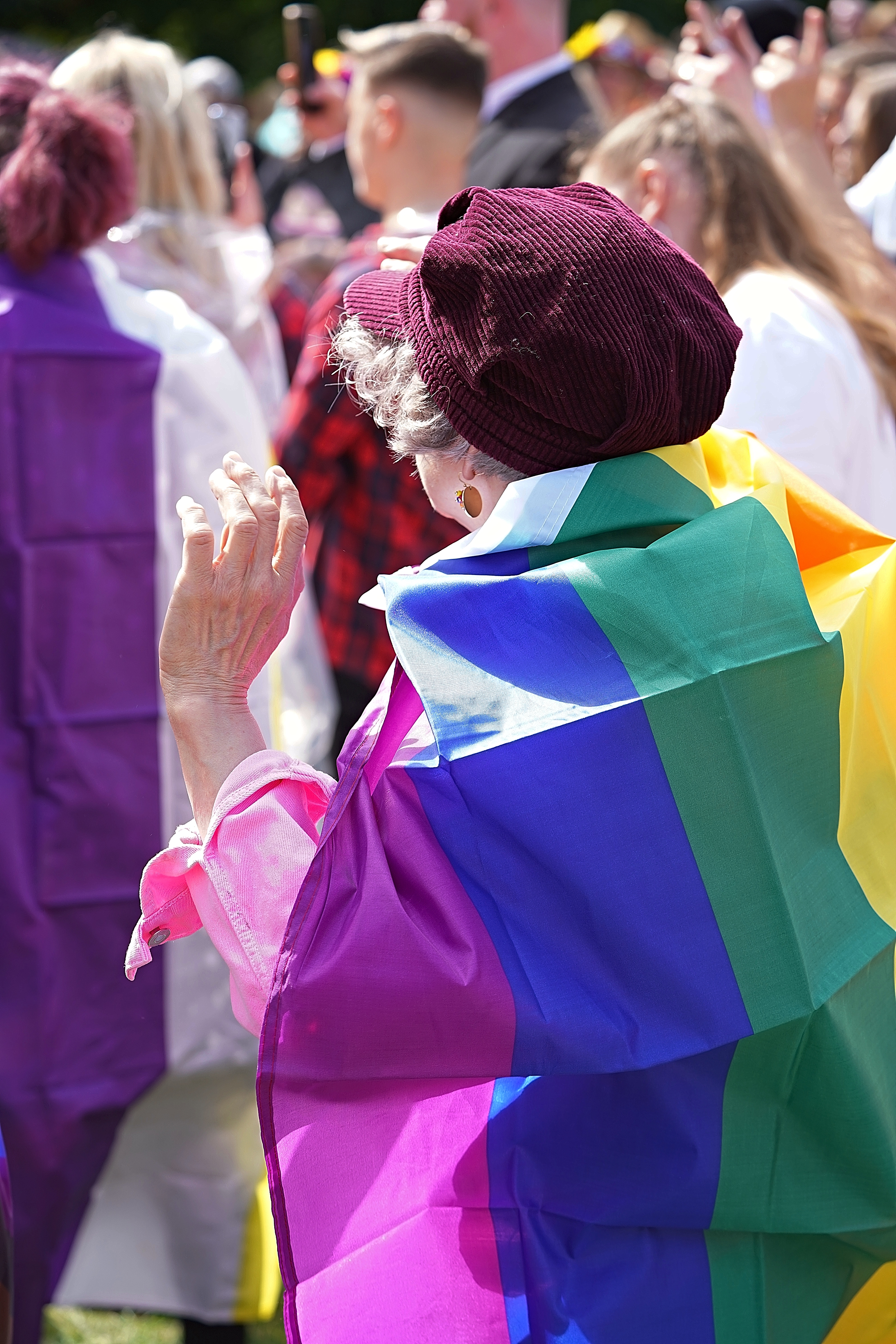
If you have tickets to your local Pride event and intend to bring your camera along, please bear in mind the topics discussed in this article such as consent, authorization and respect. But above all else, have a fantastic time!
Read more:
Best camera for portraits
Best lens for portraits
This is not an opinion piece, this is fact – gender & photography edition
Don't You Want Me – a photo series exploring the relationship between queer owners and rescue dogs
Legends of Drag photo exhibition takes this glamorous art form mainstream
Christie Goodwin: this is the kit I use for photographing live music
Get the Digital Camera World Newsletter
The best camera deals, reviews, product advice, and unmissable photography news, direct to your inbox!

Beth kicked off her journalistic career as a staff writer here at Digital Camera World, but has since moved over to our sister site Creative Bloq, where she covers all things tech, gaming, photography, and 3D printing. With a degree in Music Journalism and a Master's degree in Photography, Beth knows a thing or two about cameras – and you'll most likely find her photographing local gigs under the alias Bethshootsbands. She also dabbles in cosplay photography, bringing comic book fantasies to life, and uses a Canon 5DS and Sony A7III as her go-to setup.
